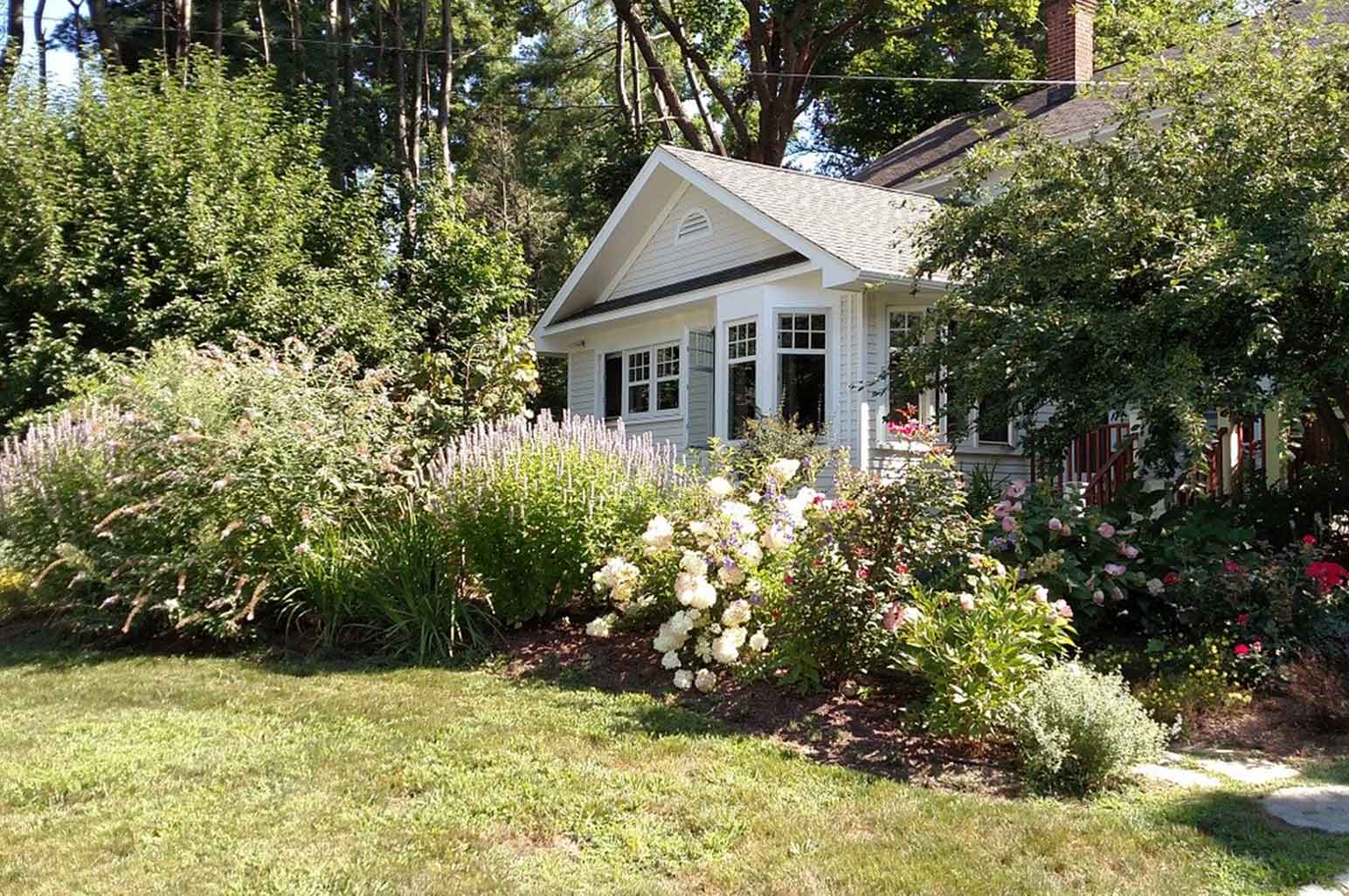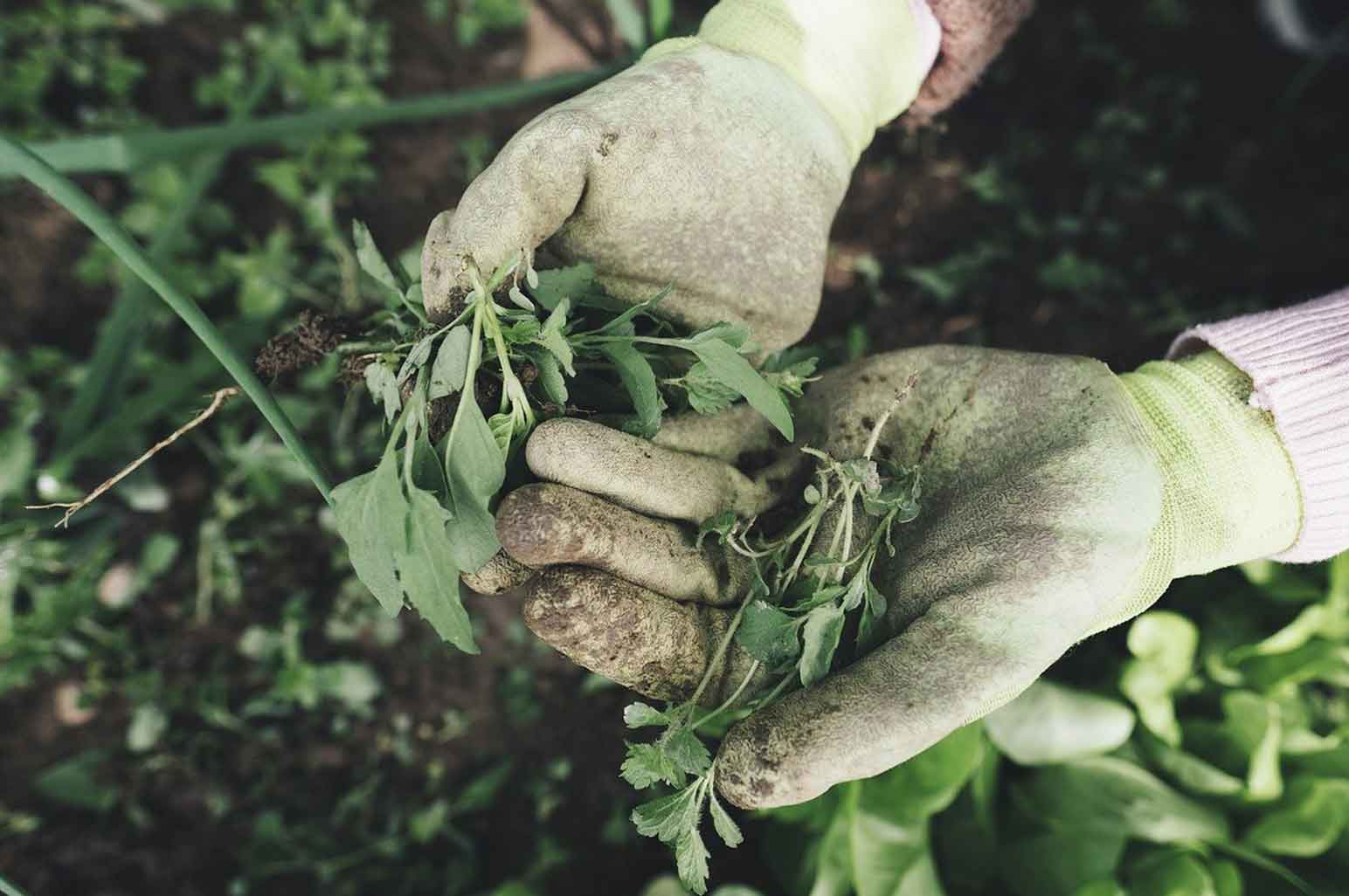
A beautiful yard will add tremendous beauty and value to your property. There is no shortage of plants that you can grow in the yard to match the outer décor of your home and personal preferences. However, these plants need to be well taken care of to thrive and continue adding elegance to your home.
Here are quick and simple tips on how to take care of a yard like a professional.

PRUNING SHOULD BE DONE IN EARLY SPRING AND WINTER
Early spring and winter is the best time to prune the hedges and shrubs in your yard. If you are yet to do this, get in action and cut any broken or disfigured branches caused by ice and snow during winter. The unwanted lower branches that make your evergreen shrubs and trees look bad should also be pruned in late winter.
However, it is important to note that while the best time to prune shrubs and trees is during early spring or late winter, this does not apply to all – flowering shrubs are an exception. Ideally, the decision on when to prune is dependent on when the shrub blooms.
Summer flowering shrubs should be pruned towards the end of the winter season or early spring before any new growth sprouts. Some of the shrubs in this category are panicle hydrangeas, roses, butterfly bush, and smooth hydrangeas.
On the other hand, the spring-flowering shrubs should be pruned after the spring flowers fade. They bloom on old wood and if you prune them early, you will be cutting off their buds. Examples of spring-flowering shrubs are mophead hydrangeas, wisteria, lilacs, and azalea.
Pruning shears are the best tools for pruning not only yard shrubs but also flowers, vines, and small growths on landscaping trees.
WORK ON AGGRESSIVE WEEDS EARLY
Invasive and aggressive weeds will compete for nutrients and water with your desired shrubs and flowers. Their growth will be boosted by the long daylight hours during summer and their roots will be difficult to uproot.
Here are some expert tips on how to minimize weeds in your yard.
- Skip fertilization during spring
- Desist from mowing too short
- Devote a section of your yard to wildflowers
- Allow mow clippings to return to the lawn
There is a wide array of organic and traditional pre-emergent herbicides that you can use to get rid of the weeds. The best time to apply it is when the temperature in the top one inch of the soil has been 55 degrees Fahrenheit for 5 days consecutively. This is based on the fact that most weeds begin to germinate at this temperature.
One of the tools that you can use is a rear tine tiller to ensure all the weeds are uprooted. The market has a plethora of them and they vary in shapes/kinds/types/ and brands. Here is an informative article will all the information you need to find the best rear tine tiller in the market.
If you spot weeds during spring, consider spraying a post-emergent herbicide. The broadleaf weed killer should not be applied until late spring after they have flowered. It is also important to note that weed killers are most effective when applied in every section of the yard evenly.

KEEP IT CLEAN BY PICKING UP FALLEN LEAVES
Cleaning up leaves that fall as well as branches is not a simple task especially if you have many trees in the yard. You do not have to strain yourself to pick every leaf that falls from the shrubs or trees – a litter leaf litter will act as a mulch and will add nutrients to the soil once they decompose.
The heavy piles of leaves and other forms of debris should be removed as they can cause mold and infect the healthy plants with diseases. If you have perennial beds in the yard, it is recommended to cut the used stems during warm weather conditions.
Beneficial insects such as ladybug and lacewings tend to hide in leaf litter as well as hollow plant stems. They will rise and shine when the temperature is warm and daylight increases. If you cannot wait, go ahead and cut the spent plant stems and place them at the edge of your property.
FILL UP BARE PATCHES
During winter, your yard will be susceptible to damage from traffic, snowplows, and even pets. Re-seeding the bare spots will ensure that the entire yard is covered with grass or any other cover plant you prefer.
One thing you should keep in mind is that if you used pre-emergent herbicide before during spring, the chemical will hinder grass seeds from sprouting as it is non-selective. This is why it is recommendable to seed grass during the fall season.
If you cannot wait until fall, spot-seed the bare patches early enough, by April before applying any herbicide to control crabgrass and other unwanted grass varieties.
Give the seeds enough time to germinate and provide the most conducive environment for them to get the best results. That said, experts recommend taking care of the other large sections of the yard then waiting until fall to do the turf repairs.
Before seeding, make sure of a steel rake to scuff up and prepare the area. The rake will loosen the soil thereby making it possible for the seeds to germinate. Keep the soil moist and cover the seeds with a mulching material such as straw matting and grass clippings to control the evaporation of water from the soil.

Conclusion
Finally, rake away thatch to prevent disease, promote airflow in the grass, and enhance germination. For starters, thatch refers to the matted areas that are not in good condition and can harbor snow, mold, and other unwanted elements. You should rake when the grass is still brown and the soil is dry enough. If it’s too dry, you will end up raking up grass seeds.
There are many rear tine tillers on the market that you can purchase for purposes of maintaining and taking care of your yard. Our friends from BackyardStyle.com compiled a list of professional rear tine tillers that covers the different types, models, sizes, and brands on the market to help you make the right choice.
